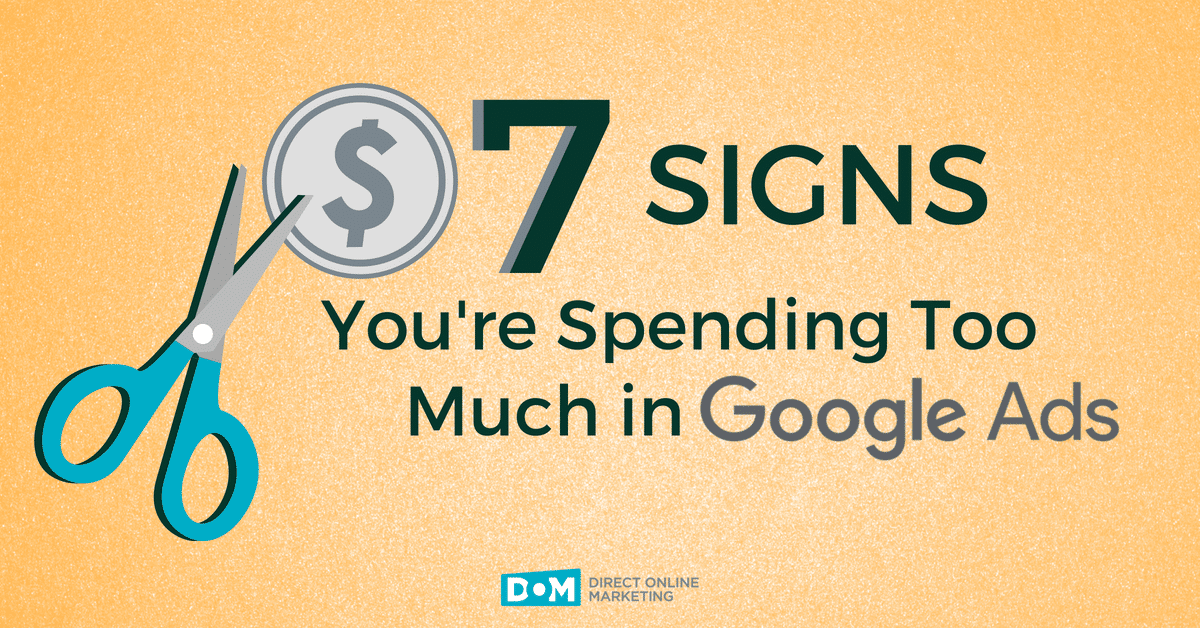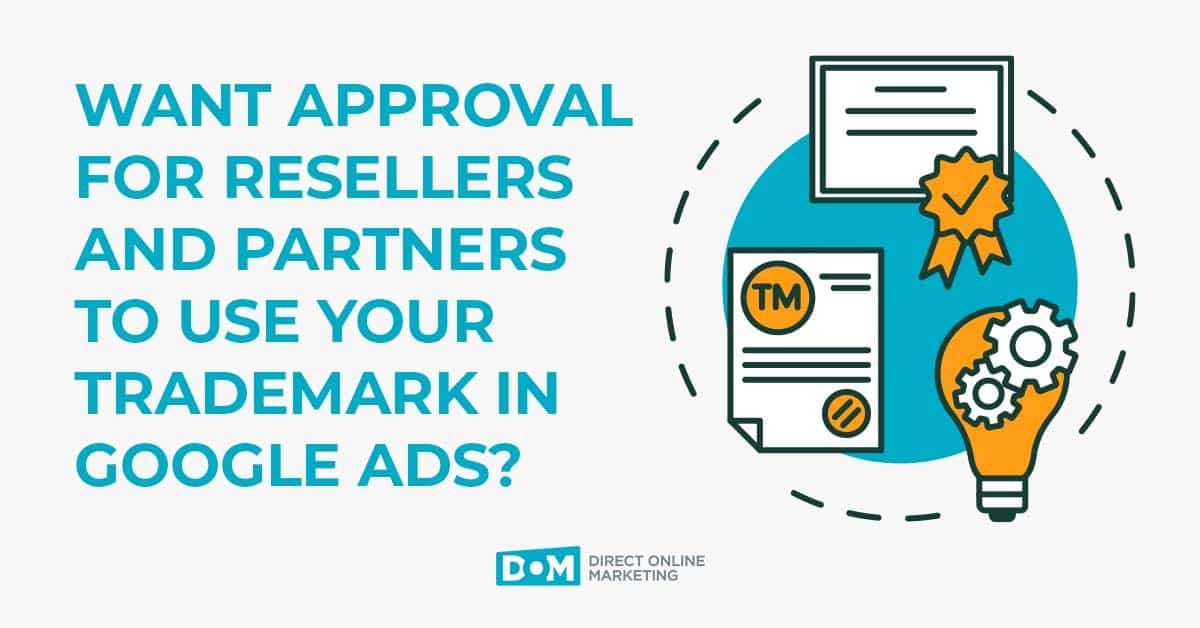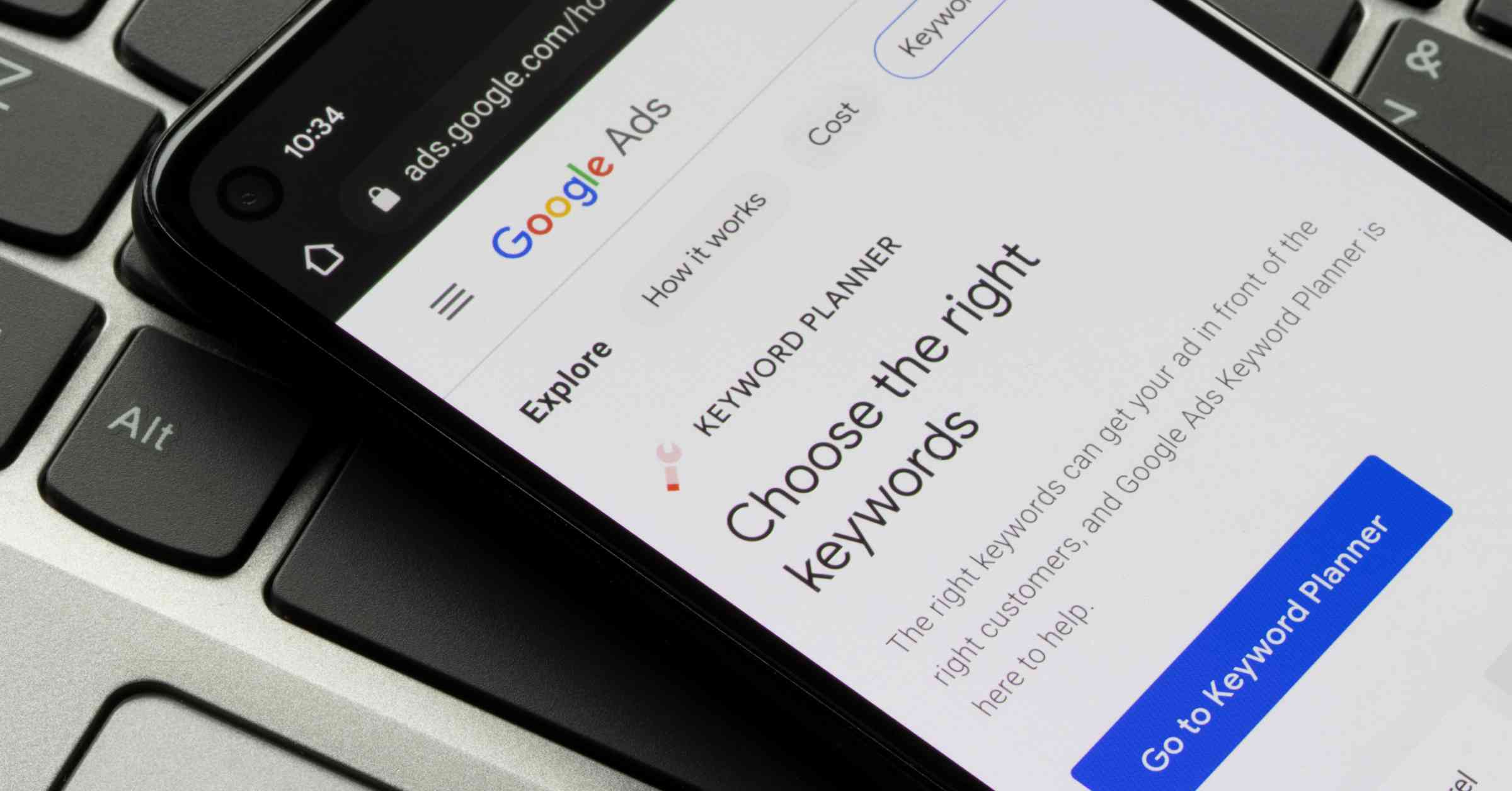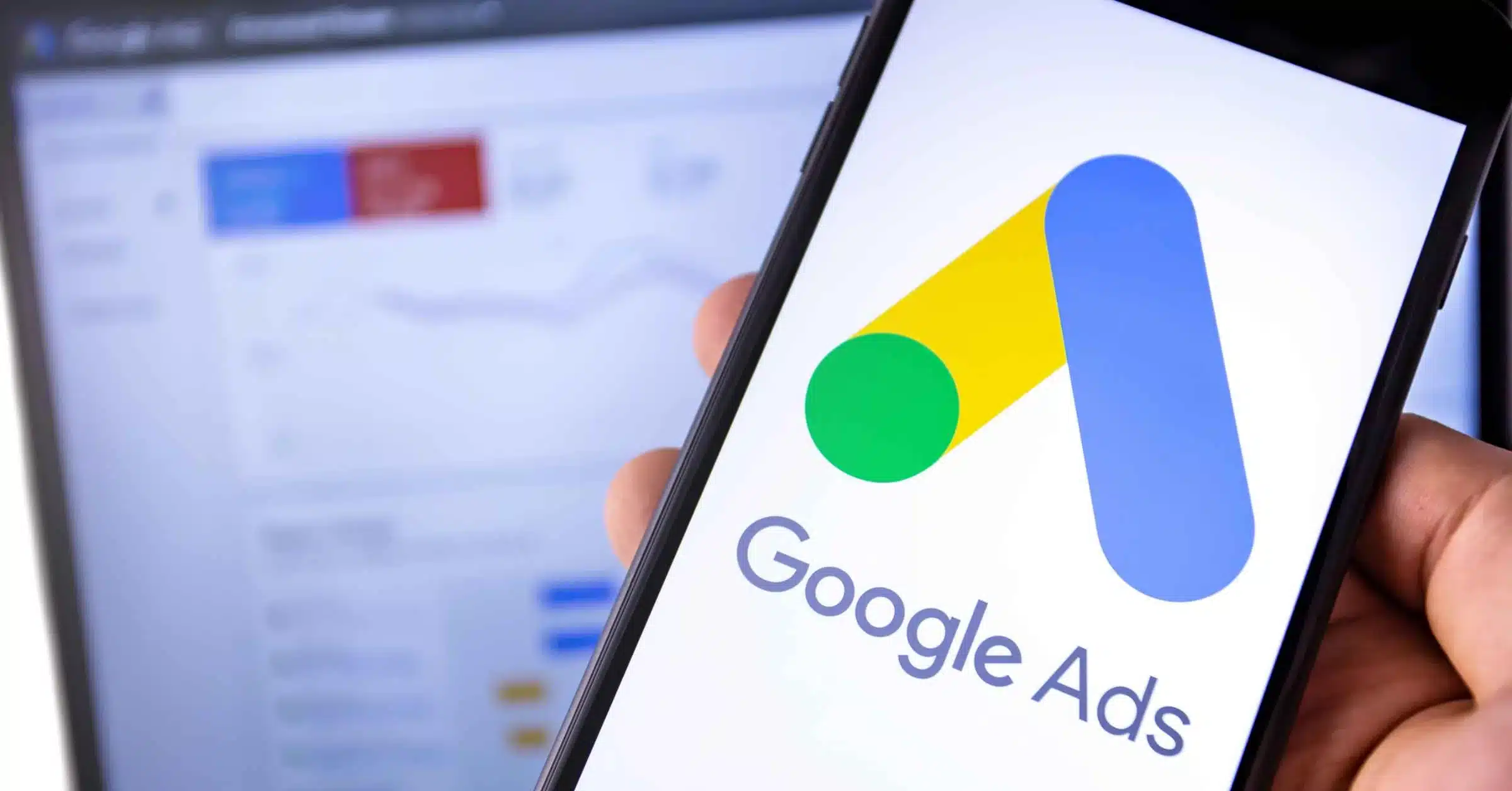
Pay-per-click advertising is a competitive and tricky world to navigate.
Ad platforms like Google’s are incredibly effective marketing tools. But without extensive knowledge and experience running campaigns, runaway spending is a constant risk.
What’s worse is that many companies don’t even realize they’re spending way too much on Google Ads.
No business wants to waste money, and when they spend more than they have to on advertising — that’s a pretty hard pill to swallow.
Luckily for you, we have a helpful guide to help you save your ad dollars from being squandered.
1) Conversion Tracking
A conversion happens when a person performs a desired action on your website from various marketing channels such as organic search, social media, or for this guide, PPC.
For an ecommerce business, the typical conversion is an ecommerce sale. A B2B company usually counts a conversion when a prospect makes a phone call or fills out a form with relevant contact information.
Conversions are one of the primary performance metrics for digital marketing. They are what drive your business and account for the return on your investment.
If your Google Ads account is not set up to track conversions, that should be a red flag. Conversion tracking is crucial to benchmarking how well your ads perform, if at all.
If you are not monitoring conversions, you’re casting your money into a void.
The beauty of PPC advertising is that everything is measurable, testable, and monitorable. You can see when your ad dollars create the sales action you want — take advantage of it.
Make sure your account is converting by going into the campaign view of your Google Ads account. From there, select Conversions as a column and set your view to “All Enabled.”
2) High Cost per Conversions
Conversions cost money. There is no getting around this fact, and the digital ad space is only becoming more competitive.
Some keywords will cost more to bid on, and those costs vary by industry. Start by compiling research to find out typical costs for your business’ keywords. That keyword research will give you a general idea to build a monthly budget. By making reasonable conversion rate estimates, you can build a target cost per conversion.
To check your cost per conversion, go into your Google account, take the “Cost/All Conversion” column, and add it into your “Campaign” view.
3) Low ROAS
Return on Ad Spend (ROAS) is the total tracked revenue generated from PPC advertising divided by the total spend on your Google Ads account.
This metric applies to retailers primarily. Some companies running lead generation campaigns will assign an average value per conversion to use ROAS as well.
Simplified, your ROAS will look something like this as a ratio:
Revenue: Ad Spend
Ultimately, the ratio should be much higher than $1:1 so that you are making a profit after factoring in your non-ad spend costs. Be sure to factor in customer lifetime value as that will drastically affect how you benchmark ROAS.
Note: If you have an ecommerce business with a 750% return on ad spend, Google will always represent this as a whole number of $7.5:1.
4) Keyword Match Types
Keywords drive PPC accounts and need close monitoring. Since your keywords are what you bid on, they can cause your ad spend to inflate.
Not counting negatives, Google offers 4 match types of keywords you place in your account:
- Broad Match: Gives Google the most control and will map you out very broadly to good and bad search queries. These keywords will waste your spend if they are not monitored VERY carefully.
- Phrase Match: Shows ads for keywords that are in a searcher’s phrase. For example, when someone searches “candy store near me,” your phrase match keyword of “candy store” will trigger an ad.
- Modified Broad: A nice compromise between Google and you having the most control. The words you use—on a “close variant”—must appear in the searcher’s query, but the order doesn’t matter.
- Exact Match: Gives you the most control and will only show your ad on the exact keywords you add on an extremely “close variant.” Exercise caution with exact match keywords since they will eliminate variances in searches. The benefit is that you will have more control over what you spend on these terms.
Bottom line: Match types affect how often your ads appear on the keywords you care about, so choose wisely to get the most bang for your buck.
5) Ad Copy
Ad copy doesn’t directly affect costs like keywords, yet it has a big impact on what you pay per click.
Google views ad copy that gets clicked on a lot — resulting in a high click-through rate (CTR) — as more relevant to searchers. Therefore, it gives advertisers a discount on how much they pay per click versus how much they’re willing to pay.
So look for ad copy with high CTRs to make your budget go further.
6) Running on Your Competitor’s Brand Name
You are generally allowed to run advertisements on your competitors’ brand names. But it can be a terrific way to spend excessive amounts of money on Google Ads.
Google wants to make sure that your keywords are relevant to YOUR business. Because your competitor is not your business, this will reduce the quality score of these keywords, thus driving click costs higher.
If you’re considering running ads on your competitors’ brand names, make sure you understand the benefits and drawbacks of leveraging this tactic.
7) Campaign Structure
How you organize your account impacts where your budget goes. Organize it thematically into campaigns and ad groups grouped by keyword subject. You control your budget from the campaign level within Google Ads, which means that the ad groups, ads, and keywords below it are subject to its daily budget.
When structured correctly, your dollars flow to the most impactful keywords — those that convert and have a high volume of impressions.
To get more information on this topic, contact us today for a free consultation or learn more about our status as a Google Premier Partner before you reach out.
If you’re interested in learning how you can drive better results with digital advertising, learn more about how to receive a free Google Ads audit.




